Discovering the Sant’Imbenia complex in Alghero
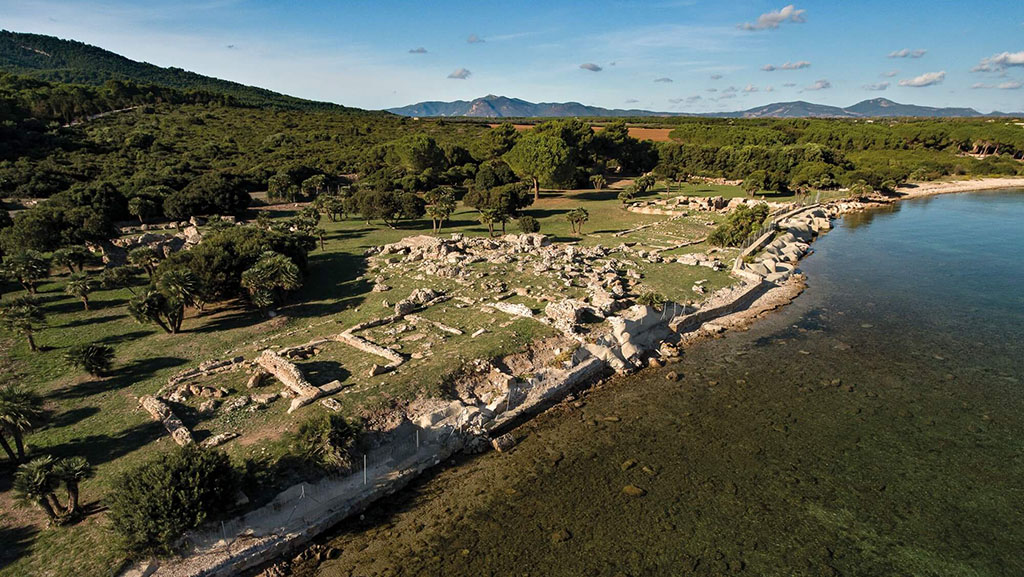
We set off to discover the Sant’Imbenia complex in Alghero. Today it is a fantastic archaeological site, but it was once a very important trading center, located on a natural harbour, which fostered the most interesting cultural exchanges in the Mediterranean.
It is located in the bay of Porto Conte, just 15 km from the town of Alghero.
Let’s discover it together!
The Nuragic Village of Sant’Imbenia
Entering the village of Sant’Imbenia, the first thing that is going to strike you are the remains of the imposing nuraghe.
But the complex, which was built in the middle of the Bronze Age (1500-1300 B.C.), has yielded a wealth of other ancient remains including buildings, metal artefacts and ceramics.
There are the precious remains of the huts that formed the village, which have been given special names.
For example, the storage hut that has preserved Phoenician and Greek ceramics that to date are among the oldest found in the entire western Mediterranean.
Or even the hut with a basin. It is so called because there is an oven and a basin inside.
Archaeologists believe it was probably linked to the cult of water and therefore the oven was used for ceremonial baking.
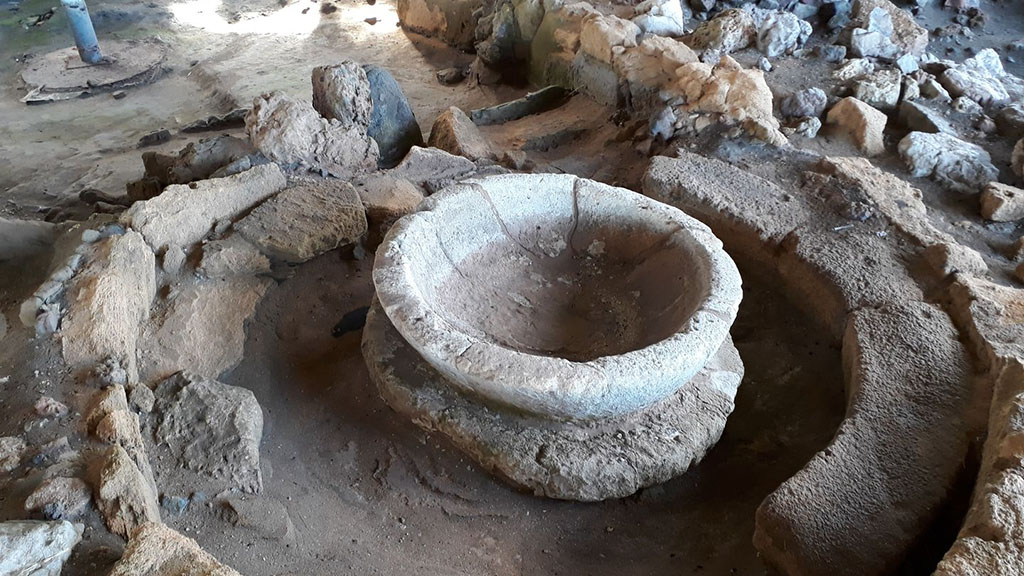
The amphorae of Saint Imbenia: witnesses to a unique culture
The village stood at a strategic point, right in the centre of the sea routes of the time and, what is more, in an area rich in metals such as iron, copper and the precious silver.
Pottery and artefacts found in the huts bear witness to an incredibly lively trade and to the fact that distant and diverse cultures met there through the merchants arriving from the port.
As is often the case, the meeting of different cultures leads to contamination and the creation of new cultures.
And then the local people, strengthened by the cultural contamination of the place, learned new techniques of metal and ceramic work.
The result was unique artefacts of oriental inspiration.
Like the “amphorae of Sant’Imbenia” produced only here, whose shape is the perfect fusion of Nuragic and Phoenician ceramics.
The contamination also began to influence the production of wine, which was even exported to Africa and Spain in special amphorae made in the village.
Sant’Imbenia, so central to the Mediterranean trade scene during the Bronze Age, began to decline during the 7th century B.C., when the Phoenicians shifted trade to the south-western colonies of Sardinia.
But it doesn’t end there!
There is also a splendid Roman villa in Sant’Imbenia.
The villa of Sant’Imbenia
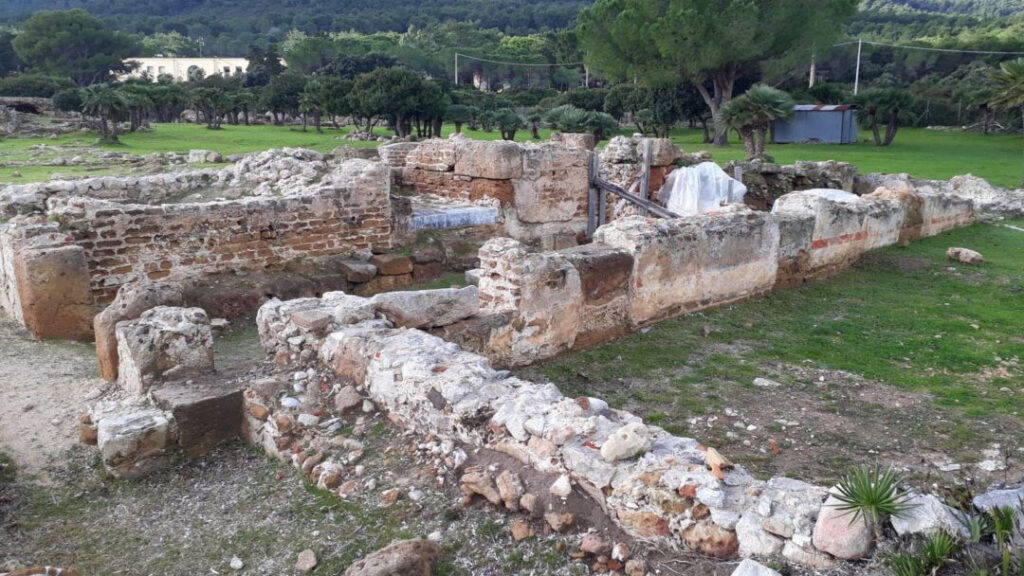
Proceeding towards Capo Caccia, we make a temporal leap into the 1st century B.C. settlement.
We come across the remains of a splendid Roman villa.
Judging from the archaeological evidence, it must have belonged to a wealthy landowner.
The structure consists of three main bodies: the residential part, rich in frescoes, stuccoes, splendid mosaics and marble coverings.
Then there was the thermal baths, decorated with the same magnificence as the residential area, and finally the part consisting of the service rooms, servants’ quarters and storerooms.
This was a true agricultural enterprise that destined the products obtained from local resources for domestic consumption and the overseas market.
But did you know that the discovery of the village was pure chance?
We tell you some fascinating stories about the excavations.
History of the excavations of the St. Imbenia complex
Today, as when the excavations began, there is a campsite in the area of the site.
When the need arose for work in the 1980s, important archaeological traces were discovered.
Imagine the amazement of finding literally one-of-a-kind ceramics.
We are talking about the amphorae of Sant’Imbenia, mentioned earlier, which are so called because they were produced exclusively on site between the 9th and 7th centuries BC and exported to the Iberian Peninsula.
Their peculiarity lies in being a hybrid form of amphorae between Nuragic and Phoenician.
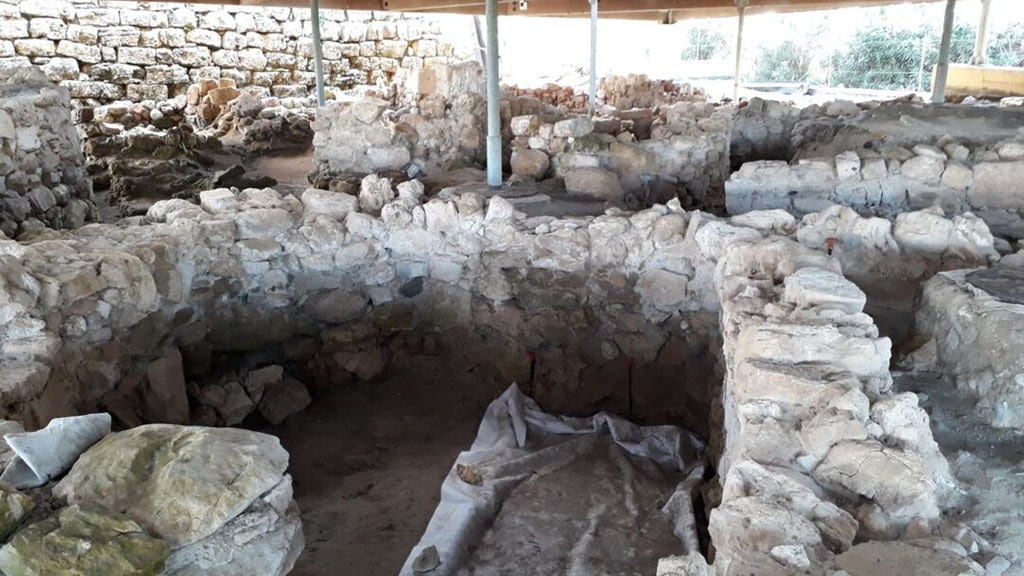
The excavation campaigns, which brought to light rich evidence of an ancient civilisation, continued until 1996, when they were interrupted for lack of funds.
Resumed in 2010, the campaigns did not seem as satisfactory as the previous ones, until a large sandstone paved area was found that must have been public, a square destined as a meeting and market place ‘of the community’ and the merchants who came to this part of Sardinia.
How to get to the nuragic complex of Sant’Imbenia
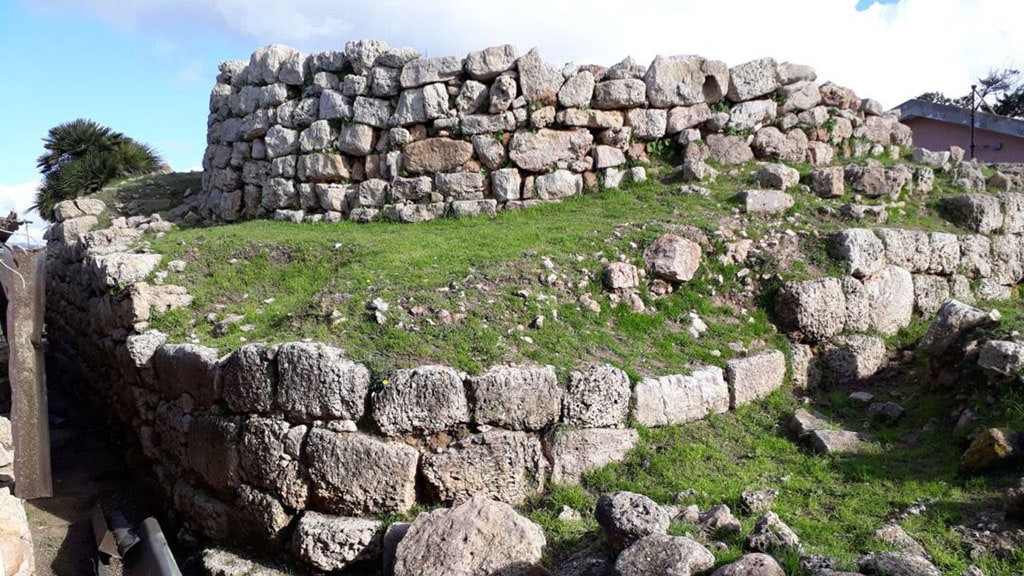
By car: from Alghero, drive along Lungomare Barcellona, via Lido and viale 1° Maggio and continue towards state road 127 bis until you reach Fertilia.
Continue towards Porto Conte-Capo Caccia, leaving the entrance to the town of Fertilia on your left.
At the junction of the S. Igori fountain, turn right towards Capo Caccia and follow the coastal road until you reach Sant’Imbenia.
Public Transport: The site is well connected by several public transport lines.
Bicycle: you can also reach Sant’Imbenia by bike! The route is the same as by car. From Alghero as far as the crossroads of Strada Bombarde, after Fertilia, there is a cycle track, then proceed along the normal road.
For visits to sites:
The Roman Villa of San’Imbenia can usually be visited on Saturdays and Sundays from 9 am to 4 pm, however, opening days and times may vary depending on the period.
Also for the village and the nuraghe the availability of exploration for the public varies, therefore, we suggest contacting the tourist office for information on possible opening hours and times of guided tours.
You can find the references and contact details of the tourist office on the official website of the municipality of Alghero.
Where to stay to visit Sant’Imbenia complex in Alghero
To better organise your stay near Alghero and easily reach the Sant’Imbenia complex and all the most important tourist destinations in north-western Sardinia, we recommend this facility.
In addition to being very close to the historical centres of Sassari and Alghero, Domus 81 is located in a quiet area where you can enjoy peace and relaxation, equipped with everything you need for a perfect holiday.
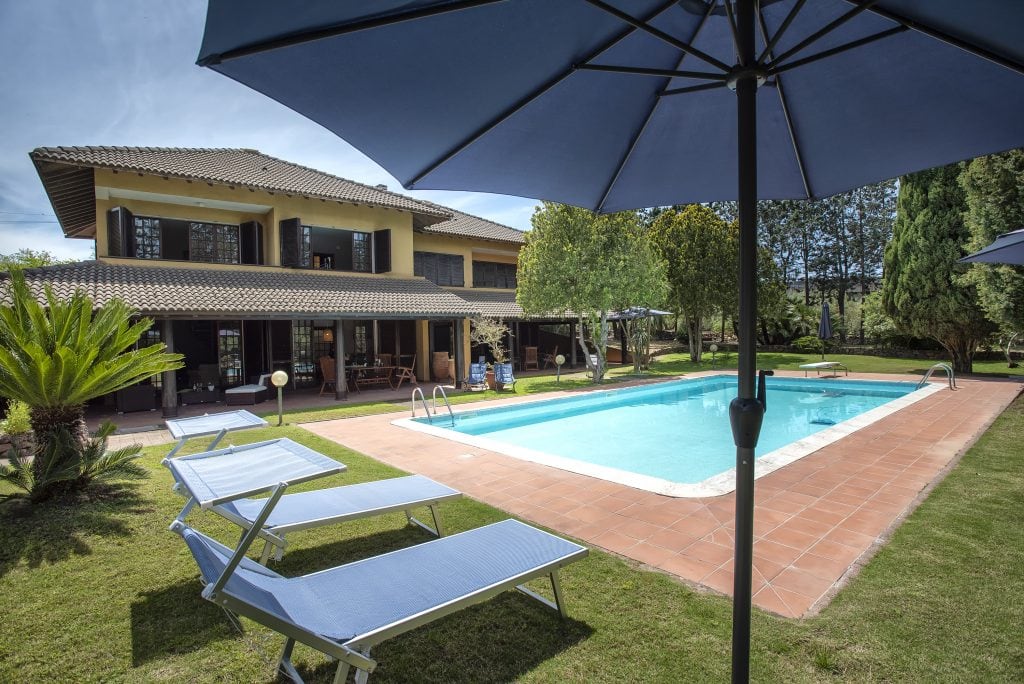
Discover Domus 81
